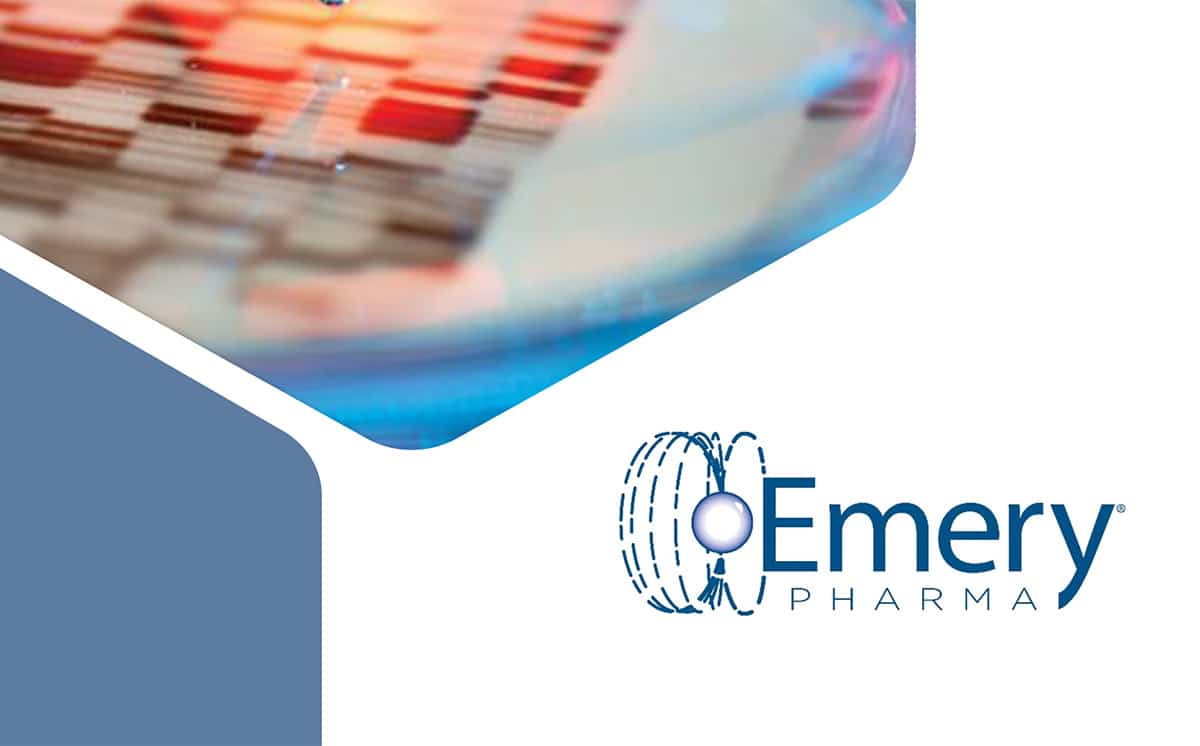Testing of Toxins and Toxin Inactivating Compounds
Figure 1: Several of the toxins used in prior EP projects. From left to right: α-hemolysin toxin from Staphylococcus aureus, enterotoxin type B from Staphylococcus aureus, and streptolysin O from…
Microbiology Video: Testing Antimicrobial/Preservative Effectiveness
A brief comprehensive strategy for evaluating antimicrobial effectiveness in a variety of everyday products. FREE 1-Hour Consultation, call us now at 1-888-98-EMERY (36379). Visit Analytical Chemistry and Microbiology to learn…
Testing Antimicrobials Using Minimum Biofilm Eradication Concentration (MBEC)
Biofilm growth on rocks in a stream (USGS) and within a kitchen pipe (MSU Center for Biofilm Engineering). Testing Antimicrobials Using Minimum Biofilm Eradication Concentration (MBEC) Biofilm can grow nearly…
Understanding Antimicrobial/Preservative Effectiveness in Everyday Products
Toothpaste, lotions, cosmetics, eye drops and medications are just some of the products that we all use on a daily basis. Unfortunately, there are two ways that these products can…
Microbiology Video: Testing Antimicrobial Activity and Cytotoxicity of Wound and Skin Cleansers
A comprehensive strategy for evaluating wound care products are studying their antimicrobial activity and potential cytotoxicity for relevant cell types. NMR capabilities extend well beyond the 1-dimensional 1H NMR spectra…
Calibration of the Variable Temperature NMR Thermocouple
The variable temperature (VT) unit on our machine uses a thermocouple wire to measure the temperature of “the sample.” However, because the thermocouple wire does not physically touch the sample…
Chemistry Video: EP’s NMR services
NMR capabilities extend well beyond the 1-dimensional 1H NMR spectra that organic chemists typically acquire. We strive to educate organic chemists on the techniques that can help them obtain the…
Testing Antimicrobial Activity and Cytotoxicity of Wound and Skin Cleansers
Chronic non-healing wounds, such as venous ulcers, diabetic ulcers, and pressure ulcers cause tremendous patient suffering. Treatment of such wounds presents a serious unmet medical need. Strategies that optimize the…
Screening for Inhibitors of Bacterial Multidrug Efflux Pumps
Microbial resistance to drug therapy is an area of increasing concern (https://www.cdc.gov/drugresistance/). The emergence of drug resistance in microorganisms can occur by several different mechanisms (Debabov, 2013), one particular mechanism…
Quantitation of Polysorbate 80 in a Commercial Product
Contact the Author Polysorbate 80 is a surfactant and emulsifier frequently found in foods, drug products, as well as in biochemical solutions and preparations. Although its presence in foods is…
